PPT-NIST Big Data Public Working Group
Author : sherrill-nordquist | Published Date : 2015-09-22
Definition and Taxonomy Subgroup Presentation September 30 2013 Nancy Grady SAIC Natasha Balac SDSC Eugene Lister R2AD Overview Objectives Approach Big Data Component
Presentation Embed Code
Download Presentation
Download Presentation The PPT/PDF document "NIST Big Data Public Working Group" is the property of its rightful owner. Permission is granted to download and print the materials on this website for personal, non-commercial use only, and to display it on your personal computer provided you do not modify the materials and that you retain all copyright notices contained in the materials. By downloading content from our website, you accept the terms of this agreement.
NIST Big Data Public Working Group: Transcript
Download Rules Of Document
"NIST Big Data Public Working Group"The content belongs to its owner. You may download and print it for personal use, without modification, and keep all copyright notices. By downloading, you agree to these terms.
Related Documents

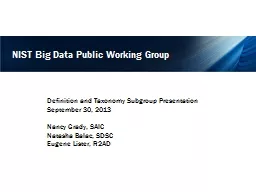

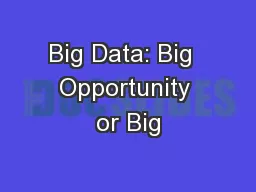
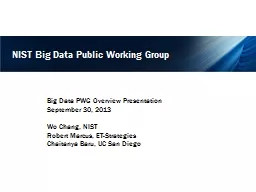
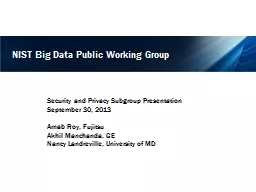
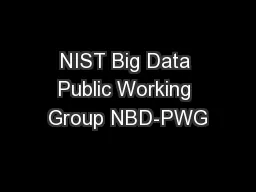

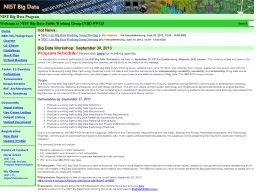
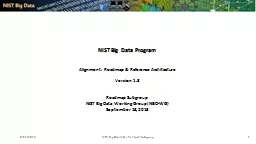

![[READ]-NIST 800 Control Families in Each RMF Step (NIST 800 Cybersecurity): RMF ISSO:](https://thumbs.docslides.com/984582/read-nist-800-control-families-in-each-rmf-step-nist-800-cybersecurity-rmf-isso-nist-800-53-controls-book-2.jpg)
![[PDF]-Certification Accreditation of Federal Information Systems Volume IV: NIST 800-39,](https://thumbs.docslides.com/986114/pdf-certification-accreditation-of-federal-information-systems-volume-iv-nist-800-39-nist-800-115-nist-800-123-nist-800-94-and-nist-800-88.jpg)

